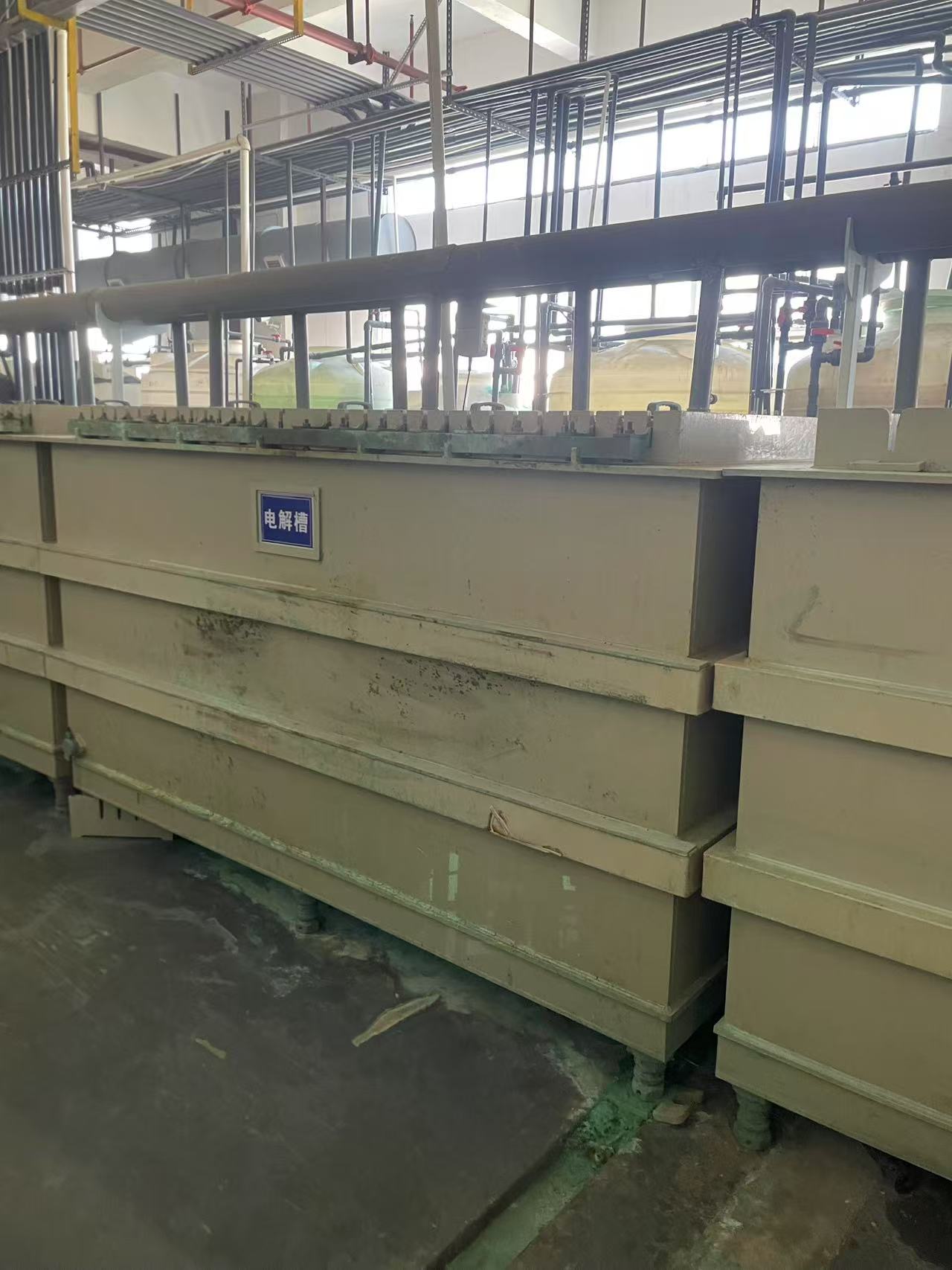
The leaching principle of oxidized copper ore mainly involves the leaching process of common minerals such as malachite, siliceous malachite, chalcopyrite, and natural copper.
These minerals undergo a series of chemical reactions under the leaching agent of H2SO4 and Fe2 (SO4) 3, such as the reaction of malachite with sulfuric acid to produce copper sulfate, carbon dioxide, and water, and the reaction of siliceous malachite with sulfuric acid to produce copper sulfate, silicon dioxide, and water.
For copper sulfide ores, the biological oxidation leaching technology has attracted much attention, among which ferrous sulfide bacteria and sulfur oxidizing bacteria are commonly used leaching microorganisms.
These bacteria can survive in environments with high acid and heavy metal concentrations, and leach copper sulfide ore through direct or indirect mechanisms (i.e., the combination of mineral dissolution and bacterial oxidation).
In addition, bacterial leaching of chalcopyrite is also an important research area.
Under acidic and Fe3+conditions, chalcopyrite can be oxidized to FeSO4 and S, which are then further oxidized by bacteria to Fe2 (SO) 4 and H2SO4, forming a reaction cycle.
Meanwhile, chalcopyrite can also be dissolved by oxygen oxidation under the action of bacteria, which is of great significance for understanding the biological leaching mechanism of sulfide copper ore.
In the leaching process of chalcopyrite, the indirect oxidation of Fe3+is dominant, while bacteria play the role of intermediate oxidants in the leaching reaction.
For the bacterial leaching of copper blue, due to the lack of Fe3+and other oxidants in the leaching environment, the entire leaching process is completely driven by bacteria, with zero acid consumption during the process.
The chemical reaction can be simplified as: CuS+2O2=CuSO4.
During this process, bacteria leach from the mineral surface, but the chemical composition of the mineral did not change after leaching, indicating that no other sulfide intermediates or element S were produced during the leaching process.
On the other hand, bacterial leaching of sulfide arsenic copper ore occurs in the presence of H2O and O2, mainly relying on the combined action of ferrous sulfide bacteria, sulfur oxidizing sulfide bacteria, and composite bacteria.
These bacteria treat sulfide arsenic copper ore through direct leaching reactions.
4CuAsS + 6H2O + 13O2 = 4H3AsO4 + 4CuSO2
This is the bacterial leaching reaction of sulfide arsenic copper ore, in which H2O and O2 are essential conditions, while ferrous sulfide bacteria, sulfur oxidizing sulfide bacteria, and composite bacteria are the main participants.
These bacteria treat chalcopyrite through direct leaching reactions, converting it into the corresponding sulfates and arsenates.
On the other hand, the bacterial leaching reaction of chalcopyrite and bornite directly interacts with Fe2 (SO) 3.
The reaction equation is:
CuFeS2 + 2Fe2(SO)3 = CuSO4 + 2FeSO4 + 2S
During this process, bacteria play a crucial role in converting chalcopyrite and bornite into sulfates and sulfides through direct leaching reactions.
2Cu5FeS2 + 2Fe2(SO4)3 + 17O2 = 10CuSO2 + 4FeSO4 + 2FeO
In this reaction, FeSO4 and FeO are converted back to Fe2 (SO4) 3 by the combined action of acid and bacteria, thus continuing to participate in the reaction.
Copper oxide ore can usually achieve satisfactory leaching results with appropriate particle size control.
However, there are significant differences in leaching efficiency among different types of copper sulfide ores.
At present, foreign countries mainly use biological oxidation technology to treat secondary copper sulfide ores, such as chalcopyrite, chalcopyrite, and copper blue, while still using pyrometallurgical treatment for primary copper sulfide ores.
From the perspective of ore types, wet process technology is currently mainly used for processing porphyry copper mines.
This type of copper mine has a large scale and low alkaline gangue content, making it an ideal raw material for sulfuric acid leaching.
For example, domestic Dexing Copper Mine, Zijinshan Copper Mine, Zhongtiaoshan Copper Mine, and Dabaoshan Copper Mine all use this process.
 English
English  Español
Español  Português
Português  русский
русский  français
français  日本語
日本語  Deutsch
Deutsch  Tiếng Việt
Tiếng Việt  Italiano
Italiano  Nederlands
Nederlands  ไทย
ไทย  Polski
Polski  한국어
한국어  Svenska
Svenska  Malay
Malay  বাংলা
বাংলা  हिन्दी
हिन्दी  Pilipino
Pilipino  Türk
Türk  عربى
عربى  Indonesia
Indonesia  norsk
norsk  čeština
čeština  Українська
Українська  Javanese
Javanese  فارسی
فارسی  తెలుగు
తెలుగు  Burmese
Burmese  български
български  Latine
Latine  Azərbaycan
Azərbaycan  Српски
Српски  Esperanto
Esperanto  Afrikaans
Afrikaans  Català
Català  Cymraeg
Cymraeg  Беларус
Беларус  Hrvatski
Hrvatski  Kreyòl ayisyen
Kreyòl ayisyen  Shqiptar
Shqiptar  Bosanski
Bosanski  Кыргыз тили
Кыргыз тили  ಕನ್ನಡ
ಕನ್ನಡ  IsiXhosa
IsiXhosa  Chichewa
Chichewa  Somali
Somali  O'zbek
O'zbek  հայերեն
հայերեն  Sundanese
Sundanese  Malagasy
Malagasy 






